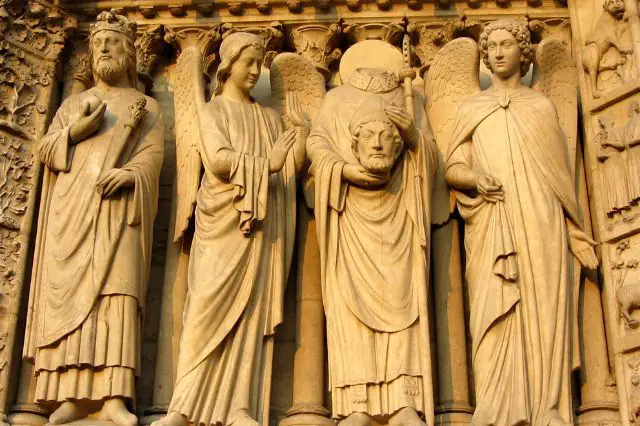Pushing Boundaries: Innovating with Dimensional Techniques in Art

Art has always been a reflection of human creativity and imagination, and throughout history, artists have constantly pushed the boundaries of traditional techniques to explore new dimensions in their work. The evolution of art has witnessed a myriad of experimental styles and innovative approaches. In recent times, dimensional techniques in art have gained momentum, enabling artists to create captivating and immersive masterpieces that go beyond the confines of a flat canvas.
This article delves into the world of dimensional art, exploring various techniques and the artists who are pushing the boundaries to innovate in this exciting realm.
Embossing: Adding Texture and Depth
Embossing is a classic dimensional technique that dates back centuries. The process involves creating raised patterns or designs on paper or other materials by applying pressure to the surface. This technique not only adds visual interest but also enhances the tactile experience of the artwork. Artists often use specialized tools, such as embossing machines, pens, or styluses, to create intricate and detailed embossed patterns.
When it comes to embossing, the possibilities are endless. From elegant greeting cards to elaborate book covers, embossing adds a touch of sophistication and elegance to various art forms. Contemporary artists have adapted this traditional technique to create stunning modern artworks, combining embossing with other mediums like watercolors or ink to achieve unique effects.
Paper Sculpture: Giving Life to Flat Materials
Paper sculpture is another fascinating dimensional technique that transforms ordinary flat materials into captivating three-dimensional artworks. By cutting, folding, and shaping paper, artists can create intricate sculptures that seem to come alive. One of the advantages of paper sculpture is its versatility, as artists can work with various types of paper, including cardstock, tissue paper, and origami paper.
From delicate and intricate paper flowers to elaborate paper architecture, the paper sculpture offers a diverse range of possibilities for artists to explore their creativity. Moreover, paper sculpture is an accessible form of art for beginners and experienced artists alike, requiring minimal tools and materials, and providing endless opportunities for innovation.
Mixed Media Collage: A Fusion of Textures and Materials
Mixed media collage is a dynamic form of art that allows artists to combine a variety of materials and textures to create visually stunning and dimensional compositions. By layering different elements, such as photographs, fabric, newspaper clippings, and found objects, artists can convey complex narratives and evoke deep emotions in their art.
The art of mixed media collage is all about experimentation and pushing boundaries. Artists can play with contrast, juxtaposition, and composition to create unique and thought-provoking artworks. The beauty of mixed media collage lies in its ability to blur the lines between different art forms, embracing both traditional and contemporary approaches.
Textured Painting: Beyond the Flat Surface
Textured painting is a technique that artists use to create depth and tactile quality in their paintings. By applying various substances, such as gesso, modeling paste, or sand, onto the canvas, artists can add texture and dimension to their artwork. This creates an intriguing interplay of light and shadow that enhances the overall visual experience.
Artists often use textured painting to convey emotions or to depict specific elements in their paintings, such as rough tree bark or crashing waves. This technique is particularly popular in abstract and modern art, where artists can let their creativity run free and experiment with different textures to evoke a particular mood or atmosphere.
Digital Dimensional Art: Merging the Virtual and Tangible
With the advancement of digital technology, artists are now exploring new frontiers of dimensional art in the digital realm. Digital dimensional art combines traditional artistic techniques with the limitless possibilities of digital tools and software. By utilizing digital sculpting and painting software, artists can create intricate and realistic 3D models and environments.
Digital dimensional art is not limited by physical constraints and offers artists the freedom to experiment with complex forms and imaginative worlds. From character designs for video games to immersive virtual reality experiences, digital dimensional art pushes the boundaries of what is possible and blurs the line between the real and the virtual.
Conclusion
Dimensional techniques in art have revolutionized the way artists express themselves and engage with their audiences. From embossing and paper sculpture to mixed media collage, textured painting, and digital dimensional art, artists continue to push the boundaries of creativity and innovation. By exploring and embracing these techniques, artists can create captivating and immersive artworks that transcend the limitations of a flat surface. So, let your imagination soar, experiment with different techniques, and unleash your creativity in the world of dimensional art. The possibilities are endless, and the journey is an exciting one.





